Telecommunications have changed with the arrival of 5G, which allows for higher speeds, lower latency, and more connections. The Session Management Function (SMF) is the heart of any 5G infrastructure as it controls and manages user sessions over a network. This manual provides an all-inclusive explanation of what the 5G SMF does; its functions, architecture, and operational models are discussed here. A broader understanding of this system vis-à-vis other systems within the 5th-generation sphere would enable administrators in networks and technical personnel to exploit these features to ensure the efficiency and reliability of next-generation networks. In the forthcoming paragraphs, we shall explore different aspects such as functionalities or configurations so that one can know how best to manage them under various real-life situations.
Table of Contents
ToggleWhat is the Session Management Function (SMF) in a 5G Network?
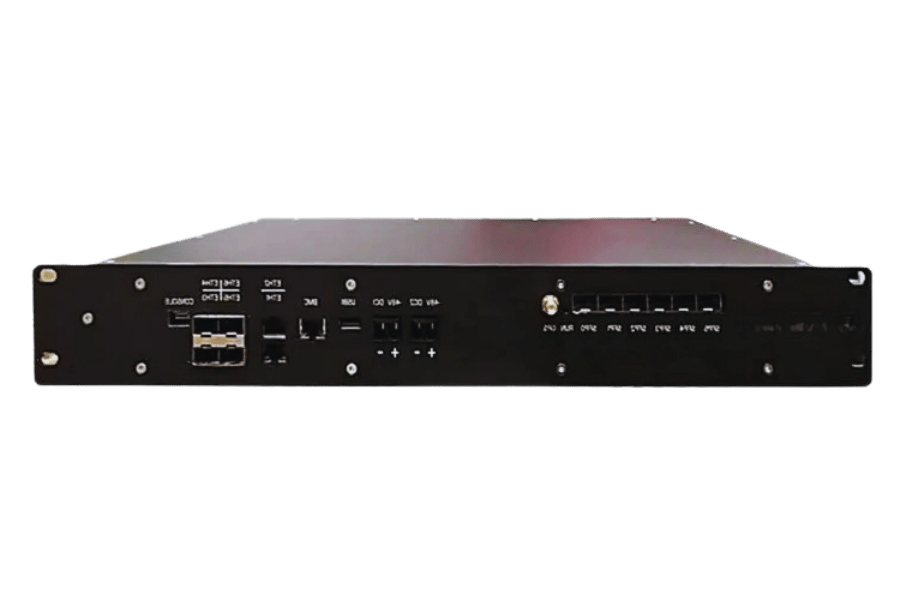
Defining the Role of the SMF
In 5G networks, the Session Management Function (SMF) is a key architecture that controls user session lifecycle. It can set up sessions and change and terminate them, too, so that the end-to-end communication remains always on. It also does this by determining what network resources each session needs and working together with other functions like PCF or UPF to enforce QoS policies among different services. Moreover, The SMF manages the context of the sessions, including states and allocations, thereby optimizing the performance of networks while ensuring uninterrupted user experiences at all times.
How SMF Supports the 5G Session Management Function
The role of the Session Management Function (SMF) in 5G is to coordinate activities related to sessions so that resources are used effectively and user experience is optimized. The SMF makes the network more responsive to subscribers by giving them a powerful means for starting, modifying, or ending their sessions promptly. It also establishes data path continuity together with UPF, which should adjust itself according to different types of traffic. Additionally, this component takes advantage of PCF insights for applying QoS rules dynamically, ensuring that service levels expected by customers during their sessions are met. These features enable real-time management of multiple simultaneous connections within the SMF and contribute towards overall agility and performance enhancements in the 5G network environment.
Distinguishing Between 4G and 5G SMF
The principal difference between the 4G and 5G session management functions (SMF) is what they can do and how they are built. In the 4G network, SMF is part of a larger system that deals mostly with voice calls and regular internet usage. Here it uses fixed resources so it cannot change much in response to different network conditions.
On the other hand, the 5G SMF benefits from being service-based which makes it more flexible and scalable. Advanced features like network slicing are brought together under one roof by this version of SMF; these allow networks to be split up according to specific needs whilst also providing support for things such as IoT(Internet of Things) or URLLC(ultra-reliable low-latency communications). In addition, SBA permits the use of advanced algorithms coupled with real-time analytics, thereby ensuring the best possible resource allocation optimization while maintaining QoS(Quality of Service) standards required for responsive user experience across a wider range or types/number of services available on an operator’s network.
How Does the Session Establishment Process Work?
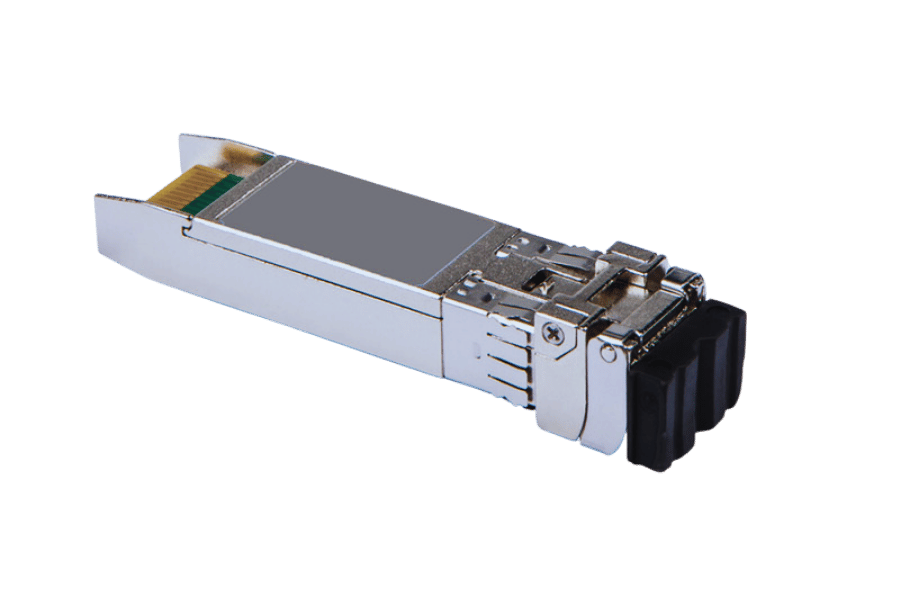
Initial Procedures for Session Establishment
The session establishment process in 5G is a series of steps that are necessary for efficient connectivity and resource allocation. These steps are usually detailed in 3GPP TS documentation. The User Equipment (UE) first sends a Session Request to the SMF. This request contains important parameters such as the desired Quality of Service (QoS) and service type. Upon receiving this request, the SMF checks the capabilities of the UE and evaluates the current status of the network, including resource availability.
Afterwards, within the 5GC, the SMF authenticates the UE and establishes appropriate context by communicating with the Access and Mobility Management Function (AMF). In case of success, it proceeds with allocating required resources through the initiation of session establishment request; the Path Setup procedure configures the data path between User Plane Function (UPF) and RAN elements. During this whole process, QoS is continuously monitored by SMF so that user needs can be effectively met, thereby ensuring seamless session initiation for users.
Understanding SMF Interactions with AMF and UPF
The relationship between the Access and Mobility Management Function (AMF), Session Management Function (SMF), and User Plane Function (UPF) is crucial if the 5G architecture is to have efficient session management. The SMF performs context-based session control and resource allocation upon receipt of certain parameters from the User Equipment (UE). The AMF collaborates closely with the SMF to verify user identification and access rights before any resource allocations can be made while authenticating UE during this period.
The establishment of tunnels necessary for handling user traffic by setting up data paths demanded that after a prosperous authentication, such a scenario occurs when an SMF pairs with UPFs. In other words, it implies that, where necessary, user data should be forwarded from the radio access network (RAN) through different UPFs until it reaches its intended destination. At each step along this path, however, real-time conditions are monitored by SMFs, which also adapt service qualities depending on changes so as not only to maintain them but also to improve where possible or even degrade when needed without affecting other parts too much. Consequently, what happens here is the active participation of AMFs and UFPs in ensuring that everything works well enough during various demands imposed upon them by users under different environments.
The Role of SMF in PDU Session Establishment
The Protocol Data Unit (PDU) session establishment in the 5G network architecture is impossible without the Session Management Function (SMF). The latter starts the process of creation when it gets a PDU session request from User Equipment (UE) by identifying appropriate Quality of Service (QoS) parameters alongside resource needs. PDU session establishments indicated by 3GPP TS standards may authenticate users by communicating with AMF while coordinating with UPF to allocate necessary network resources.
Upon confirming these settings, SMF creates the data paths required and ensures that user data can be transmitted through a network more quickly. Additionally, it sets up tunnels between UE and UPF that are needed to support QoS-driven data transmission. Throughout this process, however, SMF keeps monitoring network conditions so as to optimize performance besides dynamically adjusting allocations of resources thereby enabling smoothness in user experience during data sessions.
Why is the User Plane Function (UPF) Important in 5G?
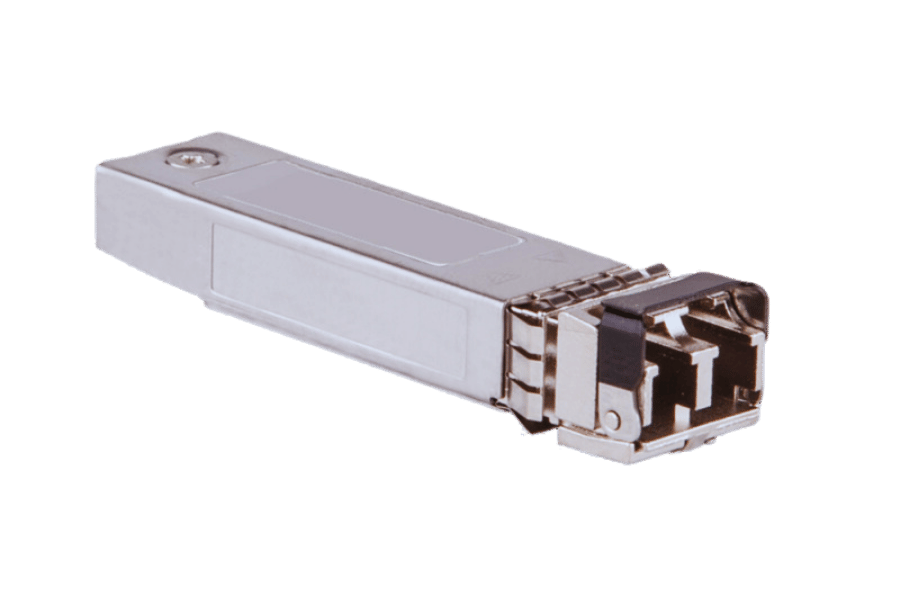
Exploring the Relationship Between SMF and UPF
The interaction of the Session Management Function (SMF) and User Plane Function (UPF) is essential for 5G network operation. The control and management of PDU sessions are coordinated by SMF while UPF handles user data traffic and ensures efficient data routing as well as processing. When a PDU session is established by SMF, it collaborates closely with UPF in order to define data paths along with QoS parameters that align network resources with user needs. This cooperation is important for ensuring low latency and high throughput, which are key requirements for good user experience in 5G networks. Moreover, real-time network conditions are continuously monitored by SMF, thus enabling dynamic resource allocation adjustments so that UPF can optimally manage the flow of data while sticking to QoS targets set during session establishment. Therefore not only does the interplay between SMFs & UPFs serve as a basis for performance and scalability of 5th generation services but also significantly improves client satisfaction through dependable & efficient connectivity.”
Essential Tasks of the User Plane Function in Data Forwarding
In 5G networks, the User Plane Function (UPF) is responsible for many tasks related to data forwarding. It mainly routes user data packets between a mobile device and an external data network by choosing the best path using QoS parameters defined during establishment. Packet filtering and forwarding rules are also managed by it which directs what happens with the data based on individual service needs. Another important function performed by UPF is traffic shaping where it controls how much information should be sent at any given time so that there will not be congestion or disruption in smooth transmission through such heavy traffic areas like cities during rush hours. Furthermore, this component keeps session context information thereby making possible efficient handling of these sessions while ensuring resources get allocated dynamically according to current conditions of the network. Indeed, without doubt, effective management of traffic by UPFs plays a critical role in attaining high-speed connections that are stable which serve as building blocks towards enhanced functionalities brought about by 5g systems as required under 3GPP TS standards
What Interfaces Does SMF Use Within the 5G Core Network?
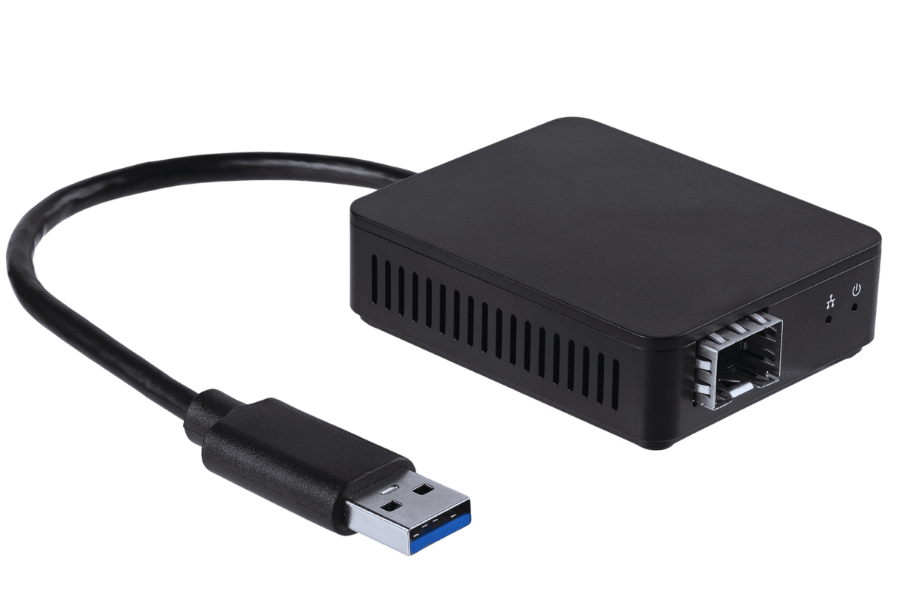
Overview of Important Network Interfaces like N4
When talking about 5G core network architecture, the N4 interface is considered the most important as it links the Session Management Function (SMF) with the User Plane Function (UPF). It is through this interface that signals for setting up and changing user plane sessions are passed to ensure an efficient flow of data from the user equipment to the intended data network. Among other things, the N4 interface allows sending of user plane rules, quality of service parameters as well as session context information required for seamless continuity.
Furthermore, the N4 interface follows standard procedures of operation which guide SMF on instructing UPF to handle traffic depending on real-time network situation. This live interaction makes networks more flexible in that they can adjust whenever there is a fluctuation in demand by users. With its immense significance, the N4 interface greatly contributes towards the agility and performance of 5G services, thereby emphasizing the need for strong network interfaces within present-day telecommunications.
The Interaction Between SMF and Other Core Network Functions
To effectively manage user sessions and to maximize data flow in the 5G architecture, the Session Management Function (SMF) works together with several core network functions. This entails some important components namely; Access and Mobility Management Function (AMF), User Plane Function (UPF) as well as Policy Control Function (PCF).
In order for a UE to be continuously connected while moving across different areas of the network, SMF collaborates closely with AMF which facilitates initial session setup and mobility management. These functions share necessary information through standardized interfaces such as N1 or N2 based on 3GPP TS protocols, where user authentication details and mobility updates, among others, are exchanged.
Also, through the N4 interface, SMF interacts with UPF, thus controlling the parameters of user plane sessions so that they meet QoS requirements. This is important because if this relationship fails, service quality will be affected, and application performance will also be affected.
Furthermore, PCF enforces policies for prioritizing network resource allocation into which SMF has been integrated. Real-time needs, together with network conditions, should be communicated by the SMFs, which are supposed to respond dynamically to changing requirements from users, thus supporting the 5G objective of delivering better user experience through efficient utilization of resources. Such being the case, therefore, shows why these complex interdependencies between various parts of core networks like SMF and other cnfs cannot be ignored since they form part of seamless operation within 5G systems.
How Does the Policy Control Function (PCF) Interact with SMF?

Functions and Responsibilities of the Policy Control Function
The policy control function (PCF) in the 5G architecture is very important because it ensures that network policies are well managed and resources allocated properly. Its main duties include setting and implementing quality of service (QoS) policies and making sure that user sessions meet real-time needs as well as application requirements with regard to specified levels of service quality. The PCF cooperates with the session management function (SMF) by providing policy decisions that guide resource prioritization and bandwidth control.
To support dynamic changes, the PCF uses information about network states, user contexts, and application categories for policy adaptation based on demand. The PCF can thus modify things immediately so as to improve data flow through networks while optimizing their efficiency since it actively watches over both network performance indicators and user experience parameters. Moreover, it also takes care about compliance with regulations plus managing various aspects of network slices thereby ensuring that all kinds of applications get what they need without affecting other parts of the system’s integrity. All these show why this component is necessary for fast responsive 5G connectivity throughout an entire system design.
The Process of QoS Management and Policy Enforcement
To make sure that a smooth distribution of resources is realized and user experience improved, Quality of Service (QoS) management and policy enforcement in 5G networks follows various steps. Identification of needs among users and application requirements is the first step towards this process where PCF matches service levels with traffic patterns and consumer profiles. Secondly, policies must be translated into actionable configurations by directing how resources will be allocated across the network through communication between PCF and SMF.
It is important to continually monitor network performance once policies have been set up because sometimes they might fail to work efficiently under certain conditions or during peak periods when more people are using the system. This enables PCF to know what is happening at particular times so that it can adjust accordingly, for example, by changing resource allocation, thus ensuring quality of service (QoS) even at the highest point of congestion. Moreover, dynamic enforcement mechanisms should be applied which continually asses priorities among different applications as well as sessions hence optimizing overall efficiency within the system. Additionally, analytics coupled with machine learning can also help in improving this procedure by predicting user demand, thereby making necessary changes before they occur, thus being proactive instead of reactive about it. QoS management would not deliver robustness or reliability without proper policy control measures; therefore, both should work together all through until completion, where each has its own role played towards achieving success with 5G networks.
What Role Does Unified Data Management (UDM) Play in SMF Operations?
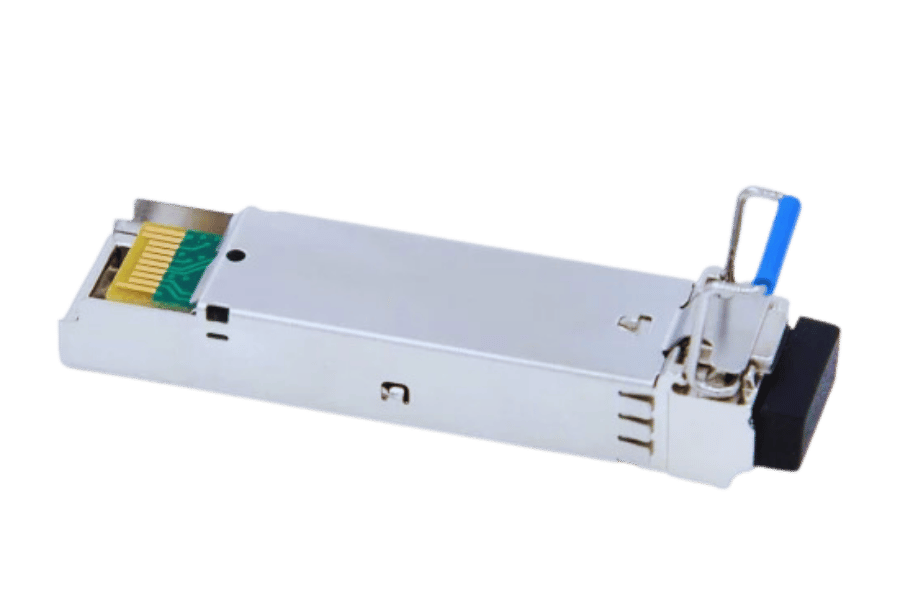
Data Synchronization Between SMF and UDM
To maintain uniformity and efficiency in service delivery within 5G networks, it is important that data is synchronized between the Session Management Function (SMF) and the Unified Data Management (UDM). The UDM manages subscriber data by ensuring that things like user profiles and subscription details are current. If the SMF needs to have a look at or update session parameters, which involves subscriber data, it talks to the UDM so as to obtain the required information.
These two functions communicate with each other through standardized interfaces which make their interaction smooth. User subscription status changes should be reflected in SMF as quickly as possible by data synchronization, i.e., service entitlements, resource limits, or policy updates. Additionally, real-time data exchange mechanisms enable SMF to dynamically adjust session management strategies according to the latest subscriber profile information, thus improving user experience overall. Such synchronization allows network agility in responding to different demands or service requirements thereby optimizing resource allocation and performance within 5G environment.
Handling Subscriber Information and Authentication
The management of subscriber information and authentication is very important in 5G networks. When verifying the user’s identity, the SMF relies on the UDM to do so securely while ensuring that necessary credentials, as well as service rights, are correct and can be accessed easily. This process involves checking against stored data within this device using standardized protocols such as the Authentication and Key Agreement (AKA) mechanism, during which the user’s credentials are matched with those held by UDM.
In addition, it supports multiple authentication techniques, including SIM-based ones, eSIM, or virtualized identities, among others, thus enabling not only safe but also flexible entry points into network resources. Furthermore, the incorporation of cutting-edge security frameworks into UDM strengthens protection against unauthorized admission, thereby upholding the confidentiality, integrity, availability, and authenticity of subscribers’ data. With the advancement in the mobile technology ecosystem, there should be strong authentication protocols for reliable trustworthiness between users on 5G infrastructures.
How to Deploy and Configure the SMF in a 5G Network?

Step-by-Step Guide to Deploy SMF
- Preparation: Evaluate the prerequisites of the SMF deployment such as hardware specifications, software dependencies and network architecture.
- Installation: Download and install SMF software package on intended server ensuring that it works well with existing system components
- Configuration: Edit configuration files so that some parameters, such as interfaces, traffic routing, and resource management settings, are defined according to your network architecture.
- Integration: Link SMF with required network functions like UDM, AMF among others; ensure that communication protocols are correct.
- Testing: Carry out comprehensive tests to ascertain performance; functionality interoperability of SMF in 5G environment under various critical scenarios and stress conditions.
- Deployment: Put SMF into operation observing any anomalies detected during initial launch stages for smooth changeover process.
- Maintenance : Create a maintenance plan involving regular updates checking performance against 3GPP TS guidelines troubleshooting procedures necessary keeping things running smoothly operational efficiency .
Configuring Network Interfaces and Parameters
Configuring network interfaces and parameters in the Service Management Function (SMF) is important in a 5 G network because it allows good communication and resource allocation.
- Identification of Network Interfaces: The first step is to recognize all physical and virtual interfaces that will be used by SMF. These may include both control plane as well as user plane interfaces like N2 (AMF to SMF) and N4 (SMF to UPF).
- Setting Parameters: Each interface should have its own set of parameters defined carefully; these may involve IP addressing, QoS parameters among others such as bandwidth allocation setting done through SMF or any other network function units involved in this process so that data flow can be optimized for best service delivery.
- Checking Connectivity: It is necessary to test connectivity after configurations are made so as to ensure that all the interfaces are working properly connected with other functions within the network.
- Monitoring & Adjusting: Implement monitoring tools which could give performance metrics about interfaces; based on given feedbacks there might be need for fine tuning some settings due changed environment demands on networks or even just ensuring high availability always.
These instructions, if followed, will greatly assist those managing networks at this level, thus creating dependable, efficient 5g.
Best Practices for Reliable SMF Operation
Here are a few things that should be done to make sure the Service Management Function (SMF) operates smoothly in 5G networks:
- Software Update Regularly: Keep up-to-date with patches and other enhancements for SMF software. This helps address security vulnerabilities while staying current with changing norms.
- Monitoring System Strength: Put in place advanced monitoring solutions that can measure latency, error rates and resource usage among other performance metrics. With these real-time capabilities it becomes possible to detect problems earlier on leading to faster resolution times thus establishing sessions more efficiently.
- Scalability Planning: Plan for future growth when designing the SMF architecture so as not only meet but also exceed expected network requirements. This requires being able to scale either horizontally or vertically depending on need.
- Documentation All-Inclusiveness: Make sure all configurations, procedures, and troubleshooting steps are well documented. This improves operational efficiency and enables knowledge transfer among team members easily.
- Train Regularly through Drills: Conduct training programs involving various scenarios where drills are performed by different teams within an organization. Such preparedness ensures that staff have hands-on experience with what they need to do during unexpected events thereby enhancing their ability to respond appropriately.
These best practices can help make the SMF more dependable and efficient, thus building a robust 5G environment that is both resilient as well as adaptable in nature for telecom operators.
Reference Sources
Frequently Asked Questions (FAQs)

Q: In a 5G network, what does SMF stand for?
A: The Session Management Function (SMF) is the full form of SMF. It is one of the most important parts of the 5G core, and it is responsible for user sessions.
Q: How does the SMF network relate to the Access and Mobility Management Function (AMF)?
A: It manages mobility and user sessions in the 5G network by interacting with the Access and Mobility Management Function (AMF). This connectivity guarantees continuousness in addition to faster handover procedures within the system, thus making it efficient.
Q: What main duties does this component perform within a 5g system?
A: The responsibility of this entity includes session as well as service continuity, IP address management, allocation handling, route policy management, and ensuring QoS for user sessions within a 5G network.
Q: What is its relationship with the Network Repository Function (NRF)?
A: Its work involves identifying various network functions available using the Network Repository Function (NRF), enabling proper resource utilization and efficient service delivery in 5GCs.
Q: What does SMF do during network slice selection?
A: Therefore, depending on service requirements plus network policies, it allocates different user sessions to suitable slices.
Q: In a 5G network, how does SMF ensure IP address management?
A: SMF handles the assignment of IP addresses to user equipment (UE) in the 5G packet core network. It handles both IPv4 and IPv6 addresses.
Q: What is the function of the N10 interface with respect to SMF?
A: The N10 interface links the User Plane Function (UPF) and the SMF together thereby allowing effective control of data routing as well as traffic forwarding within a 5G core network.
Q: How are different levels of Quality of Service (QoS) supported by SMF?
A: SMF implements various policies that guarantee optimum resource allocation and priorities for different types of user sessions and services in 5G networks, which supports different Quality of Service (QoS).
Q: What happens during handovers in terms of session continuity with SMF?
A: Session and service continuity are ensured by re-establishing sessions as quickly as possible after the handover so that UE can have uninterrupted service. Therefore, this enables seamless mobility.
Q: Is it possible to implement SMF in a virtualized environment?
A: Yes, it is possible to implement SMFs in virtualized environments utilizing network functions virtualization (NFV), thus improving scalability, flexibility, and resource efficiency within 5G core networks.
